The Basilica of St. John in Selçuk, Ephesus, İzmir
in Selçuk, Ephesus, İzmir
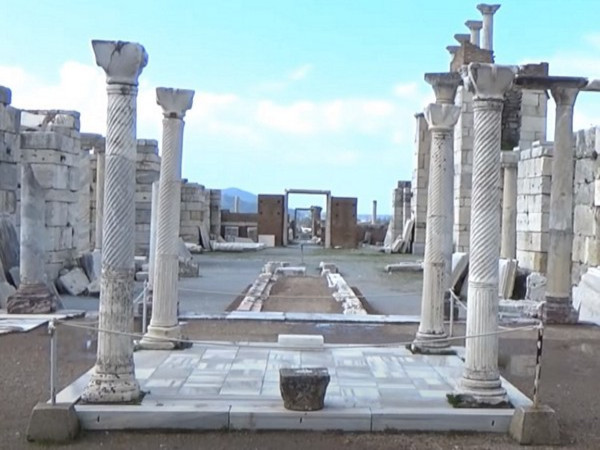
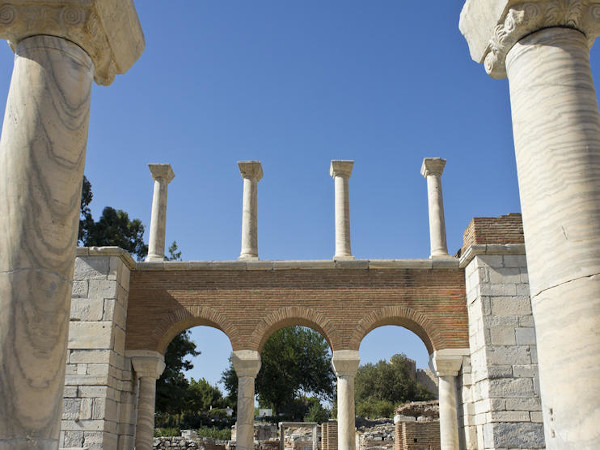
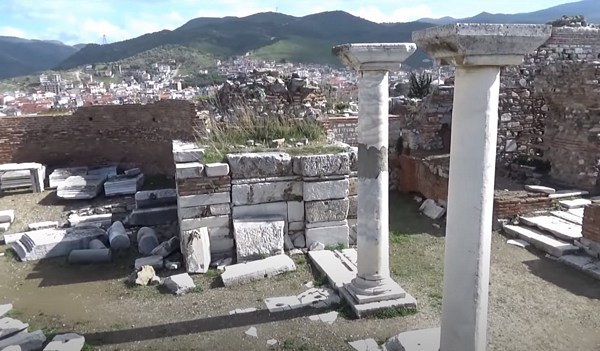
Who Was St. John?
St. John, also known as St. Jean in Turkish, is one of the most significant figures in Christianity. He was one of the twelve apostles of Jesus Christ and is believed to have authored the Gospel of John in Ephesus. After the crucifixion of Jesus, it is said that St. John found it unsafe for the Virgin Mary to remain in Jerusalem and brought her to Ephesus for protection. According to tradition, the Virgin Mary spent her last years on Mount Bülbül, where she was buried by St. John in a secret location known only to him.
The Basilica of St. John
The Basilica of St. John, located in Selçuk, near Ephesus, is a monumental structure built over the tomb of St. John. Commissioned by the Byzantine Emperor Justinian in the 6th century AD, the basilica was one of the largest and most significant buildings of its time. The structure was designed in a cruciform shape, with six domes supported by twelve columns, symbolizing the twelve apostles. The central part of the basilica holds the tomb of St. John, making it a revered pilgrimage site for Christians.
Architectural Features
The basilica’s dome, supported by twelve massive columns, is one of its most distinctive features.
The baptistery, located near the entrance, dates back to the 4th century AD and is one of the oldest in the region.
The intricately designed gate of the basilica, known as the Golden Gate, also draws significant attention for its architectural details.
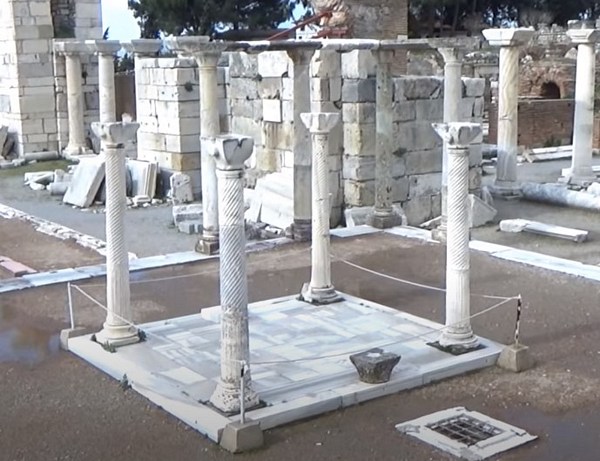
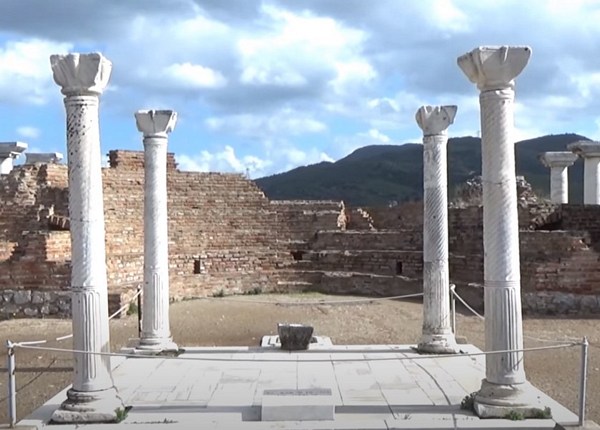
The Importance of St. John’s Basilica in Early Christianity
Following the spread of Christianity, Ephesus became a major center for the religion. After the 7th century, when the population of Ephesus shifted towards Ayasuluk Hill, the Basilica of St. John replaced the old episcopal church and became the heart of Christian worship in the area. Ayasuluk Castle: A Neighboring Historical Gem
No visit to the Basilica of St. John would be complete without exploring Ayasuluk Castle, which overlooks the basilica from the same hill. The castle’s origins date back to the Neolithic period and it continued to play a role during the Byzantine, Seljuk, and Ottoman eras. The castle has been partially restored, and visitors can still see its impressive towers and walls. Inside the castle, the remnants of an Ottoman palace, a bath, and a mosque are also worth exploring.